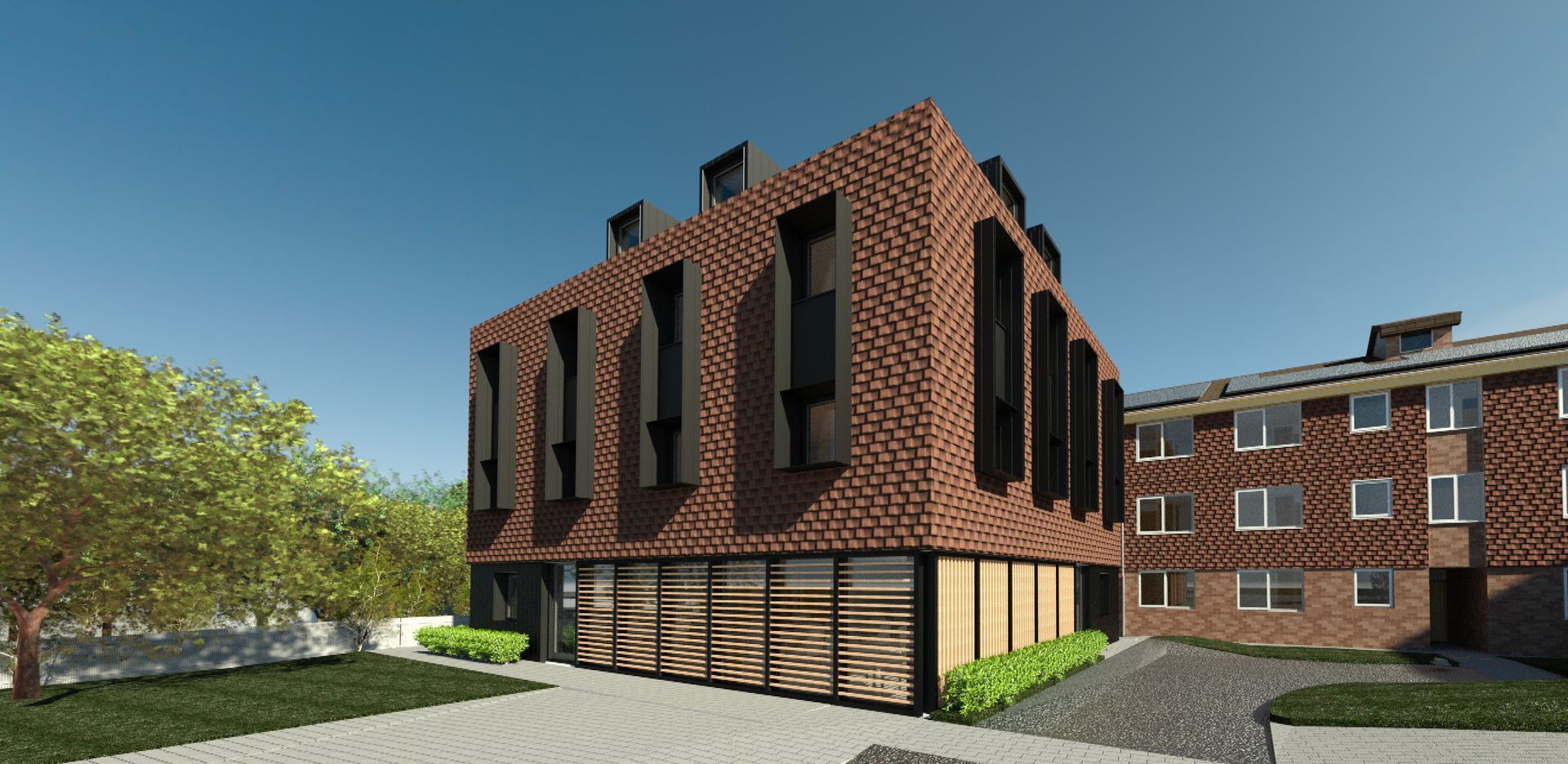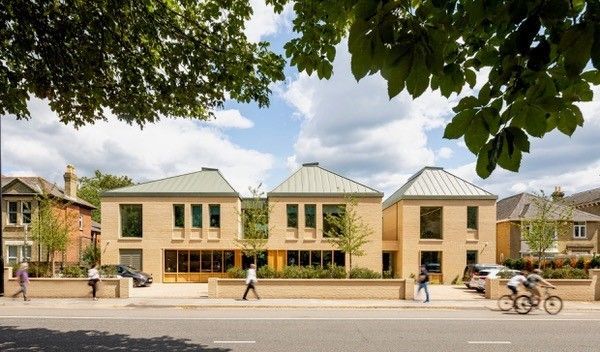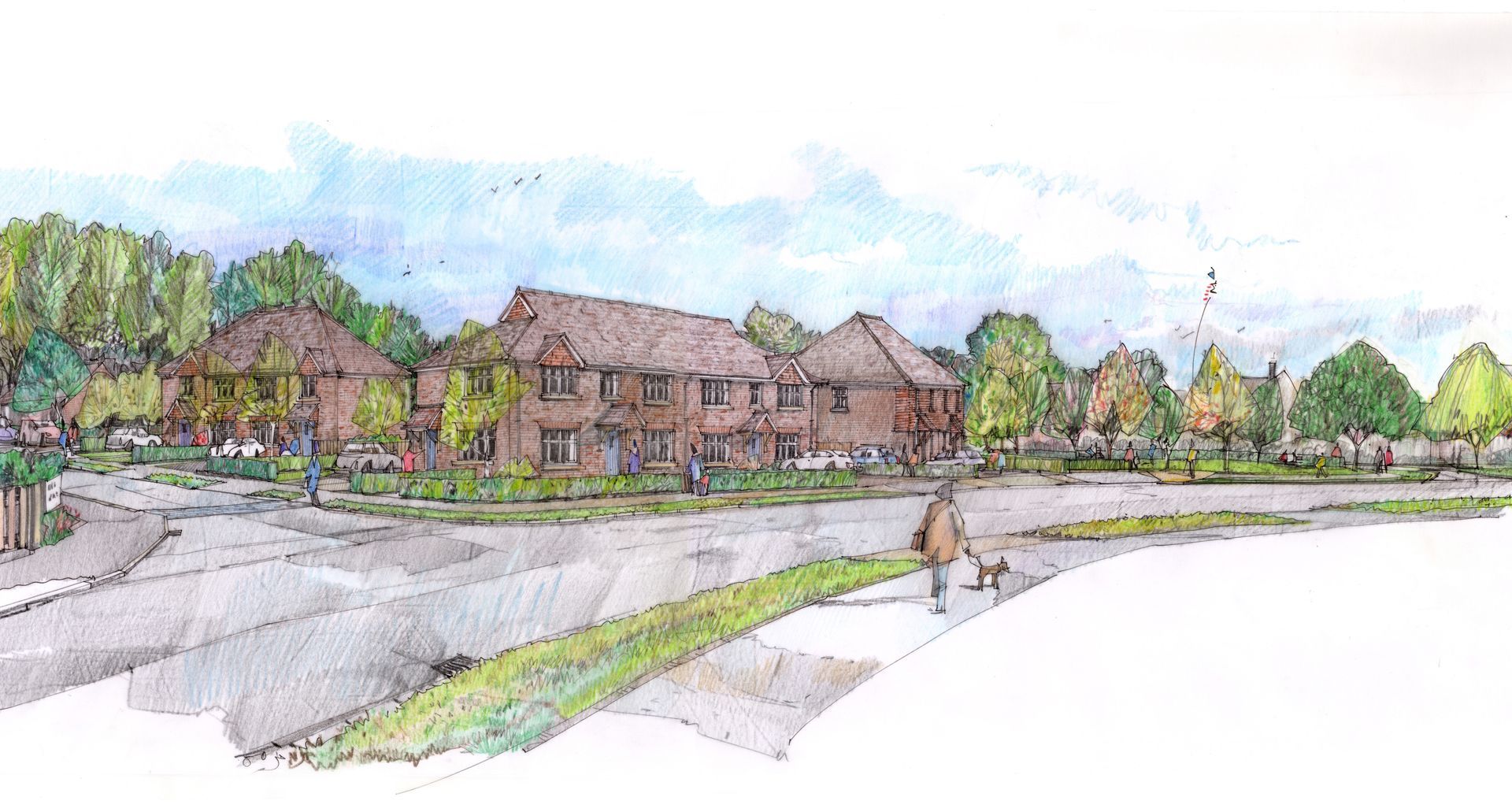Navigating the Growing Risks: 6 Sustainable Building Design Challenges in the Construction Sector
In recent years, sustainability has seen a massive increase in priority within the construction industry. As climate change and its effects worsen around the world, architects, builders, and developers are now feeling more compelled to adopt more environmentally friendly practices.
While pursuing sustainable building design is definitely a commendable course of action, the process itself has its own set of challenges; introducing potential risks to the construction industry that must be addressed.
1. Integrating Sustainable Features
One of the big challenges faced by the construction industry today is the tricky process of integrating sustainable features into traditional construction practices. With sustainable building regulations becoming more stringent, construction professionals are now being tasked with incorporating energy-efficient systems, recycled materials, and renewable energy sources.
Successfully integrating sustainable features demands a higher level of expertise, and this means builders must adapt to new technologies and methodologies that might be unfamiliar or less standardised.
Unfortunately, there’s currently a lack of expertise in this field, and this poses a significant risk, potentially leading to errors in implementation and compromising the overall effectiveness of sustainable features.
2. Upfront Costs
The upfront costs that come with sustainable building design often deter many developers, even in the face of long-term benefits such as reduced energy consumption and operational costs.
The initial investment required can be a big hit to project budgets, posing financial risks that may not be immediately offset by the projected savings over the building's lifecycle.
Additionally, the potential for delays or cost overruns during the construction phase amplify financial concerns. The need for specialised materials and the time-intensive nature of sustainable construction methods can lead to unanticipated challenges, affecting project timelines and financial viability.
3. Regulatory Risks and Compliance Challenges
With general environmental awareness increasing, governments worldwide are implementing stringent environmental standards and building codes to promote sustainable practices. Non-compliance with these regulations can result in substantial fines and legal consequences.
The dynamic nature of regulations and their constant evolution poses an ongoing challenge for the construction industry. Staying clued up on any new changes and ensuring that construction projects align with the latest environmental standards is a demanding task that requires constant vigilance.
Failure to meet compliance requirements not only jeopardises the financial health of projects, but also tarnishes the reputation of construction firms, potentially leading to a loss of future business opportunities.
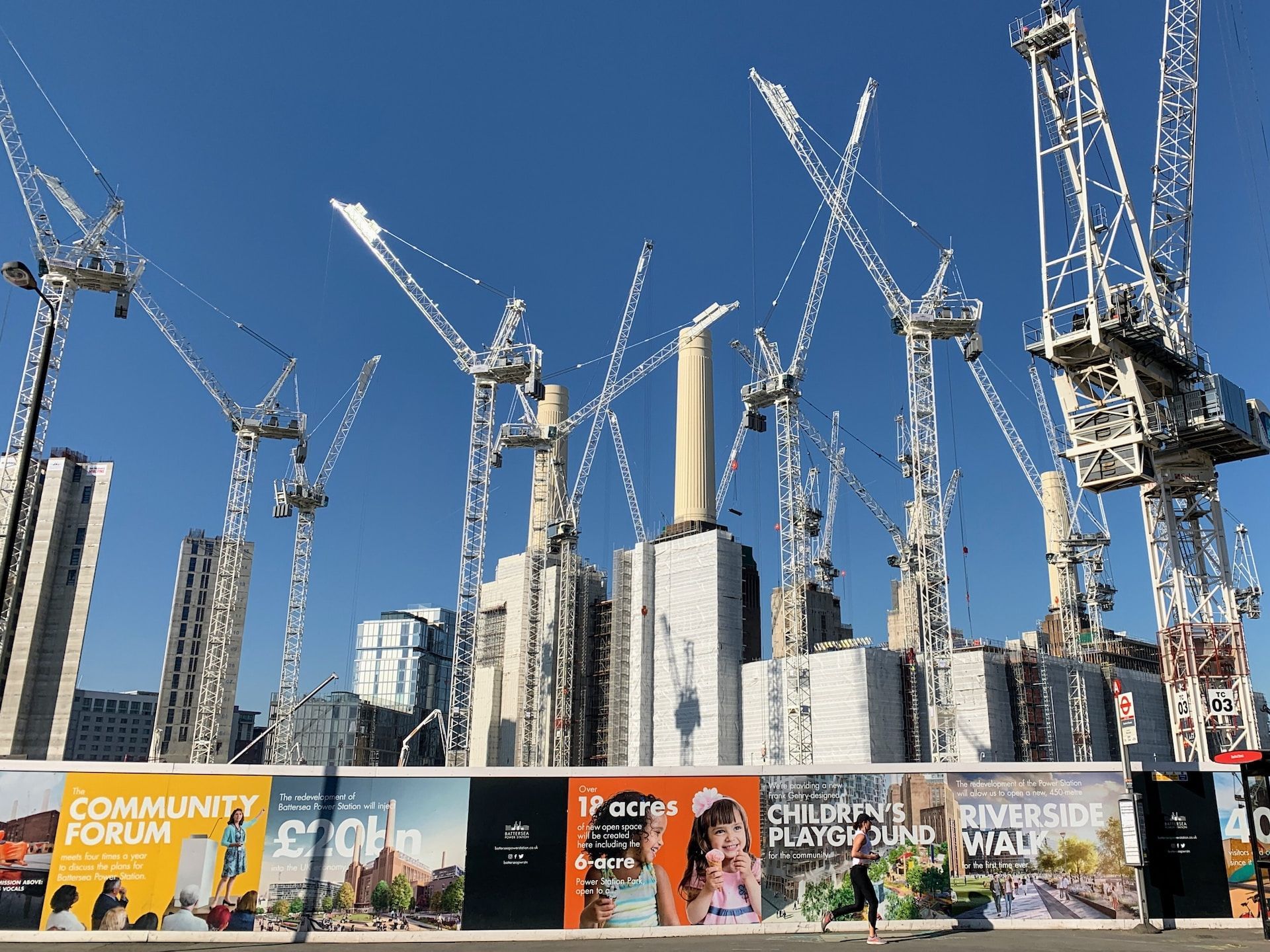
4. Quantity Surveyors and Main Contractors
Within the construction sector, quantity surveyors and main contractors face distinctive challenges in delivering sustainable buildings.
Quantity surveyors must grapple with accurately estimating costs for sustainable materials and technologies, which may lack standardised pricing. The volatility in material costs, coupled with the evolving nature of sustainable technologies, adds an additional layer of complexity to their role.
On the other hand, main contractors must navigate the coordination of various specialised subcontractors and ensure the seamless integration of sustainable features into the overall project plan. This increased complexity introduces the risk of delays and coordination issues that may impact project timelines and budgets.
5. Learning and Adapting
As the construction industry transforms to better embrace sustainable practices, there’s a looming risk that there won’t be enough active learning and adaption to these changes.
This emphasises the importance of continuous learning and adaptation for construction professionals to navigate sustainable construction. Quantity surveyors and main contractors should keep up to date on the latest developments in sustainable technologies and materials, ensuring accurate cost estimations and the seamless execution of projects.
Also, fostering a culture of innovation and adaptability within construction firms is paramount. Embracing emerging technologies, such as Building Information Modeling (BIM) and advanced project management tools can streamline processes and enhance collaboration among project stakeholders. This not only improves efficiency, but also positions construction companies at the forefront of industry advancements.
6. Collaboration as a Catalyst for Success
Collaboration across the construction industry is fundamental for it to overcome the challenges associated with sustainable building design. Architects, builders, developers, regulators, and environmental organisations must work in tandem to create a supportive and collaborative environment.
This includes sharing best practices, lessons learned, and success stories to accelerate the industry's collective learning curve, facilitating a smoother transition to sustainable construction practices.

Conclusion
In conclusion, the construction sector's journey towards sustainable building design is not without its challenges and risks. The integration of sustainable features, financial constraints, regulatory compliance, and the unique challenges faced by quantity surveyors and main contractors all underscore the need for a proactive approach.
Recognising the risks of inaction, particularly the failure to learn and adapt, highlights the importance of continuous education and the cultivation of an adaptable mindset within the industry.
If we can address these challenges head on, embrace innovation, and foster collaboration; the construction industry can navigate the risks associated with sustainable building design and emerge as a catalyst for positive environmental change.





